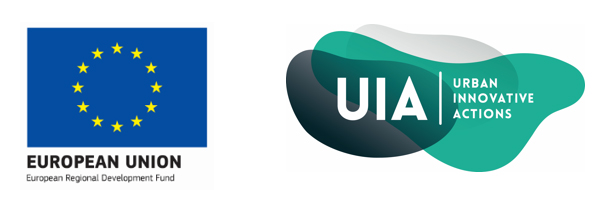Location: Skatepark
Thanks for stopping by. Here you can learn about Holly blue butterfly and live data in the park and how the two are interconnected.
Holly blues...
...are the pollinator of this location.
About
Often the first butterfly to emerge in spring, they are frequently seen in parks and gardens. They are small butterflies, but larger than the common blue. The females have thick black edges to their wings. They are silvery on the underside of the wing, with black spots (other blue butterfly species have orange spots). Caterpillars will feed on holy and ivy.
Where to see them
This is the blue butterfly most likely to be found in gardens, as well as woodlands, parks and churchyards. It tends to fly high around bushes and trees, whereas other grassland blue butterflies fly low to the ground. Look up and with a bit of luck, you may spot one.
When to see them
The first generation will appear between March and May, with another generation at the end of the summer, between June and September.
Air quality in the park
Living Lab collects real-time air quality readings from sensor located near the pond area of Central Park.
Healthy Tip: Clean air benefits not only the environment but, also your health. Consider choosing green routes the next time you go on a trip across the city.
Get involved
Get involved and learn more about our amazing wildlife in the parks and green spaces of Plymouth.












